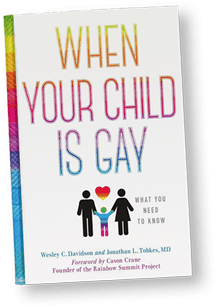Bisexual Awareness Week, also known as Biweek, is an annual celebration from September 16-23. It was founded by GLAAD and BiNet USA.
Why? So allies and people learn about the history, culture, community, and current policy priorities of bi +communities.
Did you know that bisexuals make up the largest portion (40%) of the LGBTQ+ community, according to a survey from the Pew Research Center in 2023? However, society wants to erase them. Consequently, they have significantly higher rates of physical, sexual, mental and social problems and many have hidden their identities at work.
The statistics speak for themselves. Did you know that:
- Almost 1/2 of bisexual youth seriously considered suicide in the past year. Source: The Trevor Project
- One to 3 bisexual youth report being bullied at school. Source: Human Rights Campaign.
- Eleven percent of bisexual youth have been threatened or injured with a weapon in school. Source: Human Rights Campaign.
- According to the Centers for Disease Control and Prevention’s Youth Risk Behavior Survey, bisexual people make up 75% of young LGB people.
- One in 6 adults in Generation Z (18 to 23) consider themselves LGB and is driving the uptick in Bisexual youths. Source: Washington Post.
- 5.6 percent of Generation X (born 1981-1996) identify as LGBT.
What to Say to Your Child About Bisexuality
With all these challenges, as the parent of an LGBT child, you can educate yourself and be an ally by downloading the guide from The Trevor Project.
- When your child comes out as bisexual, don’t utter “It’s a Phase!” “Stop sitting on the fence and choose!” The identity is real and valid. If the child’s identity does shift at a later time, it does not change the fact that the child’s previous identity was valid and true to him/her/they at the time.
Here are some basic vocabulary terms to help you along the journey.
- Bisexuality: Potential to be attraceed romantically and/or sexually to people of more than one sex and/or gender, not necessarily at the same time, not necessarily in the same way and not necessarily to the same degree, according to Robyn Ochs, bisexual advocate.
- Biphobia: It is defined as fear, intolerance or hatred of people who experience attraction to people of more than one gender. It’s a negative reaction to people coming out as bi.
- Bisexual Erasure: Strategies from The Trevor Project for inclusion:
- If you assume that a person is gay or straight based on their current relationship, try to reframe your understanding that the people in the relationship could be of any gender or sexual orientation.
- Take people for their word if they share more than one identity with the youth but don’t ask them to explain their identity.
- Affirm and uplift the bisexual people in your life.
Self-Care for You and Your Child:
- Find a support system that will validate and accept bisexuality. Source: BiNet USA, GLAAD & Insider.com
- Learn more about bisexual activists and advocacy. They will be good talking points for you and your child.
- Explore media and literature that represent positive representations of bi people.
- Reach out on Trevor Space online to connect with others and connect with The Trevor Project by phone, chat or text when your child is struggling. The 24 hour hotline is: 1-866-488-7386.

When Your Child Is Gay: What You Need To Know
For more detailed advice, see book, co-authored with a mother of a gay son and a psychiatrist, Jonathan L. Tobkes, M.D.